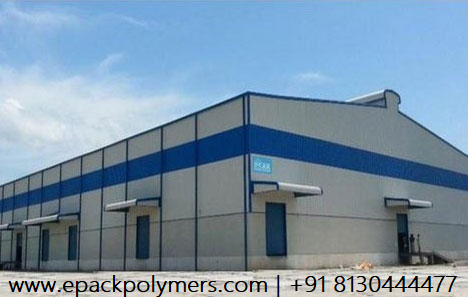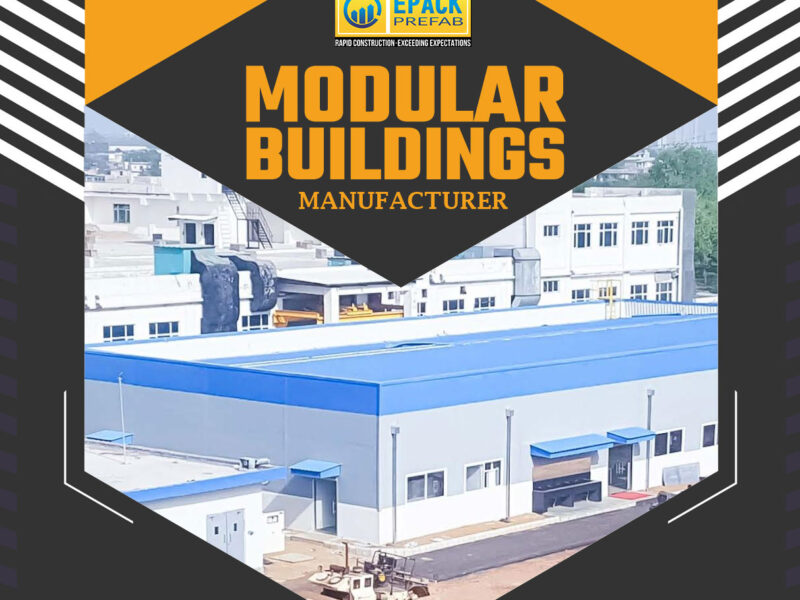What are Prefabricated Industrial Buildings?
Prefabrication though new age, is no more an ancient principle. Off-site building and construction have been getting buzz over the past few years because it is quick to construct as well as additionally cost-effective. This setting of construction is also green, which is not deluxe, but a need in this day as well as age when the whole world is encountering international warming. The moment aspect is the one that has driven the appeal of premade frameworks, which is why it is widely utilized in business and industrial industries. When the components are prepared in the factory, they are delivered to the website for construction and installation.
Pre-engineered steel structures have a much better strength-to-weight distribution than standard RCC frameworks. It can be quickly taken down and also transferred to one more place for reuse. So prefabricated commercial frameworks have numerous advantages. We have highlighted the process and also parts of pre-crafted frameworks as listed below:
Primary Framing system
Primary frames are those building components that bear the majority of the load and transmit them to the pre-built foundation. These comprise beams, columns and are joined together by anchor bolts, joists, etc.
Secondary Framing system
Secondary frames are the structural elements that offer additional support to the primary framing system of a pre-engineered building. It consists of purlins, girts, eave struts, clips, etc. Secondary frames also offer extra support to wall and roof structures, apart from the primary frame.
Analysis and Design of PEB
The process of prefabrication begins with technicians determining the entire building with a structural drawing. The loads, framework, etc are pre-determined while the design of the building keeps taking shape parallelly. This brings about precision in design and construction. Industry-leading design software like Autocad or Staad Pro are widely leveraged for determining various parameters like axial forces, beam and column stress, etc. Several technicians working simultaneously leads to time-saving.
Few notable applications of PEB steel buildings
PEB steel buildings have several applications as follows:
- Industrial Buildings
- Warehouses
- Commercial Complexes – Malls, cineplexes
- Showrooms
- Site offices
- Sports Stadiums – Indoor
- Parking spaces
PEB steel buildings are cost-competitive alternatives to conventional brick and mortar ones. They are long-lasting, offer the flexibility of expansion and are recyclable. Steel is innately recyclable, which makes these structures eco-friendly. These buildings are thereby sustainable in the long run as it does not deplete the environment.




